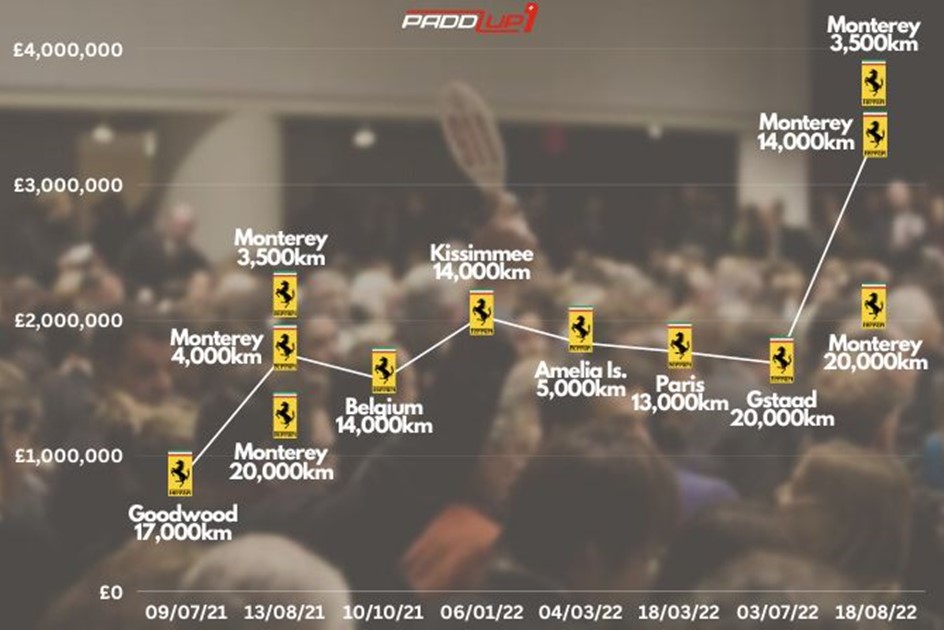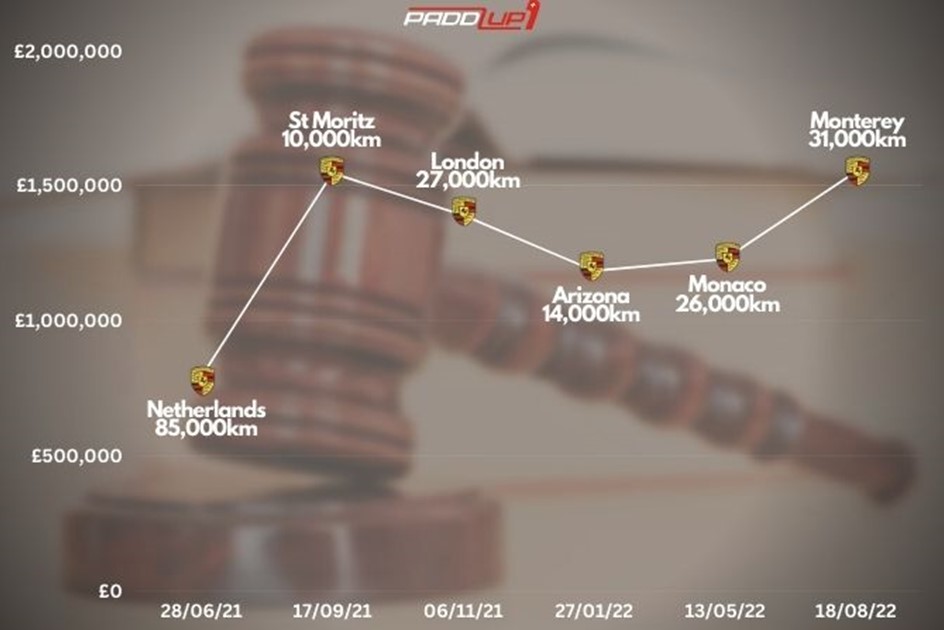Investment head-to-head: Ferrari F40 vs Porsche 959
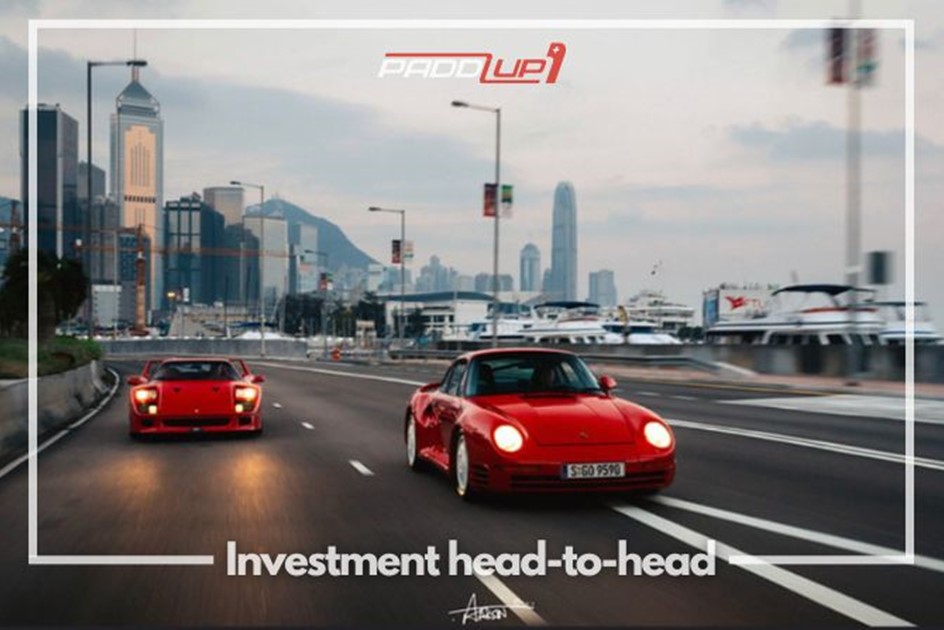
(Credit: Aaron Chung Photography)
The Porsche 959 and the Ferrari F40. A duo that was never intended to be intrinsically linked but are nonetheless associated with one another, and are subjected to the endless pub debate of which is the finer piece of automotive engineering.
The best of the best
The 959 arrived on the scene in 1986 and at the time, was considered by many to be the most technologically advanced car ever produced. It utilised an inspired turbocharger/all-wheel drive combination that powered it to ‘fastest car in the world’ status and has since been adopted on a vast scale across the industry.
Then came the F40 just eight months later, promptly nabbing the top-speed crown for its own. In that interim period, Enzo became obsessed with every stat from the 959, becoming hellbent on beating each one. Porsche releasing their car earlier handed Ferrari the advantage on a plate, enabling them to hone their car to improve on the Porsche’s performance in almost every respect. The F40 was launched as an unrefined alternative that took a very different route to peak performance, harnessing brute force as opposed to space-age mechanical design.
Ironically, the 959’s back story is reminiscent of the F40’s predecessor, the 288 GTO and seminal ‘big five’ car. The 959 was homologated for the WRC to go up against the likes of the aforementioned GTO and the Delta Integrale amongst other competitors. It was not to be, however, by the time the 959 was ready, it was not only too heavy for the series but also the Group B category itself had been disbanded in its entirety. Can you imagine it? Fans of eighties rally would’ve been treated to a showdown of epic proportions, a 959 and a 288 sliding their way through the rally stages of the world.
Anyway, back to the topic at hand. Just 337 examples of the 959 were produced between 1986–1993 to the F40's 1,315 which would suggest the Porsche would be able to demand higher premiums, but we’ll get to that a bit later.
The stats
So let’s get down to brass tacks. What do the stats say? Well, for the Porsche, a turbocharged flat-six producing a satisfying 444bhp and 369lb-ft of torque lies under its Kevlar-clad bonnet. Tipping the scales at 1450kg did nothing to hurt its 3.7 second 0-62mph time whilst 197mph made the 959 the fastest production car in the world for a brief period.
The F40 meanwhile, announced itself with a howl of its twin-turbo V8, which produced a meaty 478bhp and 426lb-ft of torque. A comparably scrawny curb weight of 1100kg (owing to its renowned lack of carpets and door handles) combined with plenty of extra poke and you’d be forgiven for thinking it would leave the 959 in the proverbial dust. That’s not the case, however. As we already know, the Porsche was officially dethroned when it comes to top speed, the F40 managing to break the double-ton barrier at 201mph. The 0-62mph times were a different story though, 4.1 seconds meant the Ferrari was a full four-tenths slower off the line.
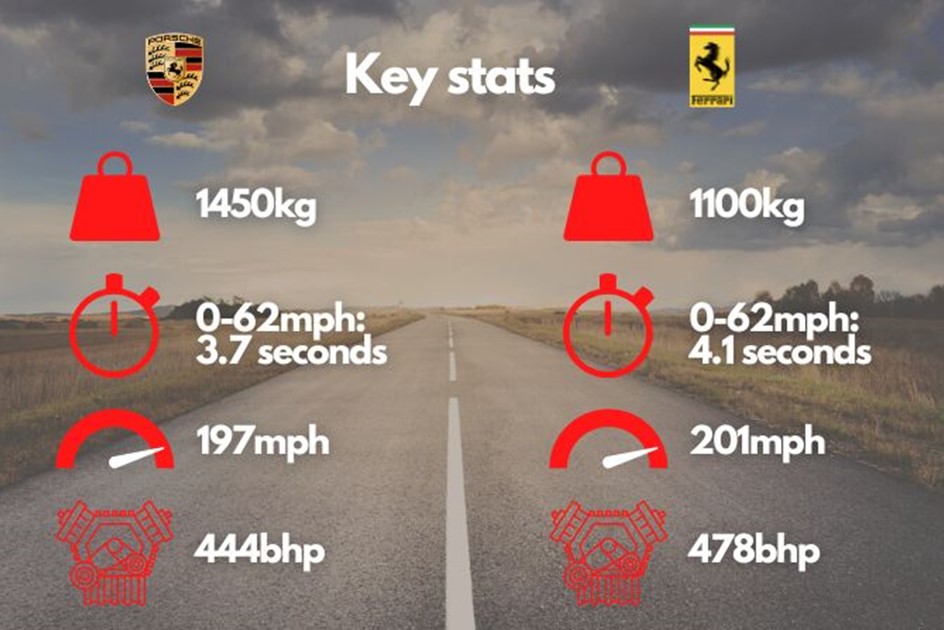
Past and present values
‘So how did that translate to each car’s value when new?’ we hear you ask. It seems to be consistent with the price tag is the short answer. The 959 retailed for approximately £145,000, not cheap by today’s standards but certainly not cheap in the eighties. The F40 on the other hand cost £193,000 off the shelf. Not a huge difference between the two but enough for customers to notice and give the F40 a certain je ne sais quoi. A smidge more exclusivity despite its more plentiful numbers.
Now, how do all of these factors influence each model in today’s classic and used car market? Well, it makes for some interesting reading, and as a data-driven organisation, we took it upon ourselves to analyse the recent auction figures. As we touched on earlier, there are almost four times as many F40s than there are 959s. It would be understandable then, if 959s fetched higher prices in today’s market but that certainly isn’t the case.
With peak auction prices of £3.2 million and £1.5 million for the F40 and 959 respectively over the past year or so, it seems that perhaps the Porsche is known as the more technologically advanced, dare we say, geeky sibling whilst the F40 was known for its visceral, raw savagery elevating it to all-time icon status and duly negating the hindrance of its greater production numbers. That reputation is only bolstered further by the age-old anecdote that the F40 was the last car to be approved by Enzo Ferrari himself.
Return on investment
That’s not to say the 959 isn't an appreciating automotive asset (AAA). Far from it in fact. When the lowest purchase price of £791,960 in June of 2021 and the highest sale value of 1.5 million in August of 2022 is taken into consideration, a potential ROI (return on investment) of 96 per cent becomes apparent and is certainly not to be sniffed at. In contrast, the S&P 500 was down 16 per cent during the same period and sits on average at 11 per cent per year so the 959 still generates enviable returns.
If you have the extra capital, then the figures do point to more promising financial outcomes in the stable of the prancing horse. A start point of £883,000 from a sale in July 2021 and a finishing value of £3,287,584 in August 2022 produces an eye-watering 272 per cent return. The £883,000 price is something of an outlier, however, as the only car to be sold in the UK from this data. From another, non-UK sale at a value of £1.1 million, the rate of return still sits at a healthy 184 per cent.
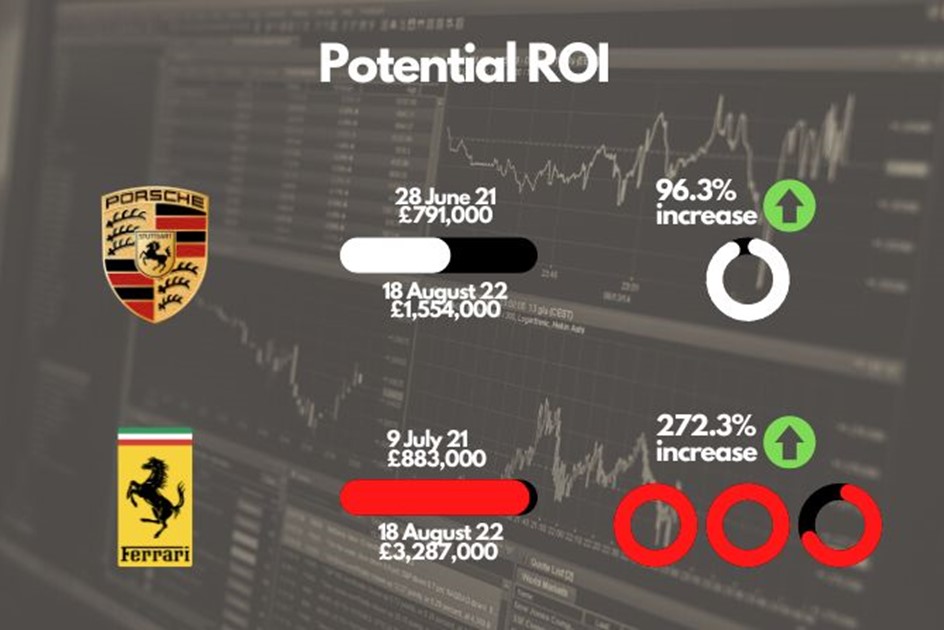
Conclusions
Of course, there are a number of variables at play that mean these summaries can’t be considered gospel. There’s less of the 959 for a start, which means there are fewer data points and case studies to refer to when generalising auction values and ROI. Naturally, mileage and condition (whether it's PPF'd or not) play an important role in the perceived value of each example as well.
That being said, it seems that the Ferrari F40 is the superior investment car owing to its higher rate of return, there are few models on the market that can match its exponential increase which is only set to grow further still with the 40th anniversary of its production looming large, just five years away. The same could also be said for the Porsche 959 in that respect, an important anniversary on the horizon will only ever improve future forecasts. For a lower price of entry, the 959 still serves as a lucrative investment opportunity and you’d be hard-pressed to find a car that ticks all the appropriate nostalgia boxes better than either of these.
One thing to keep in mind is that not every car is a solid investment choice, you must do your due diligence. The team at PaddlUp put in the legwork to investigate any prior damage or issues so you get the full picture prior to purchase.
Data from Glenmarch.
Learn more about supercar investing.


